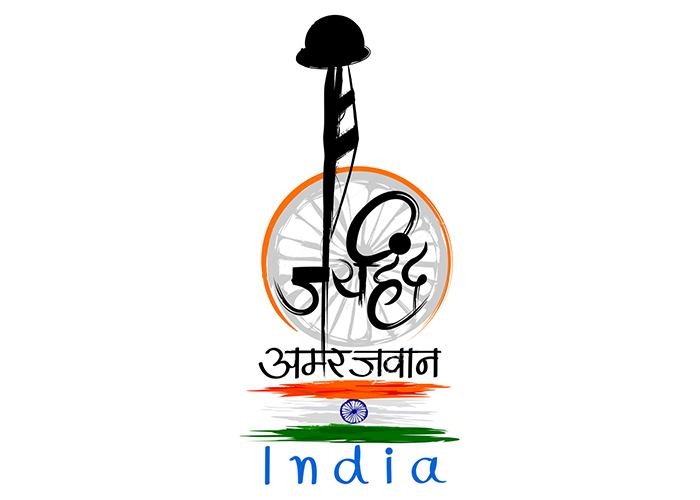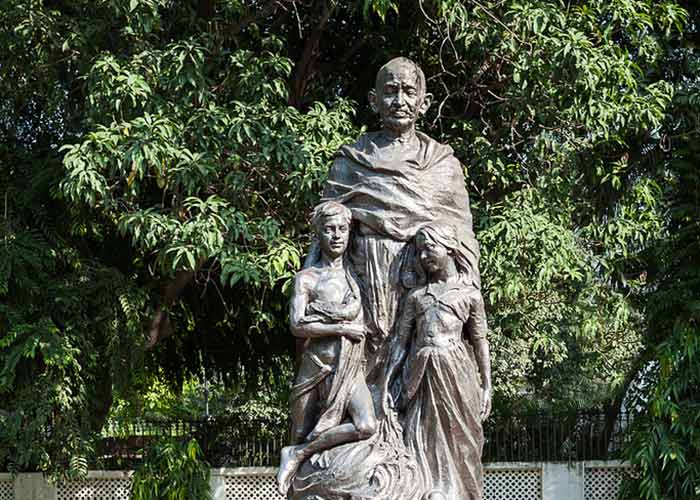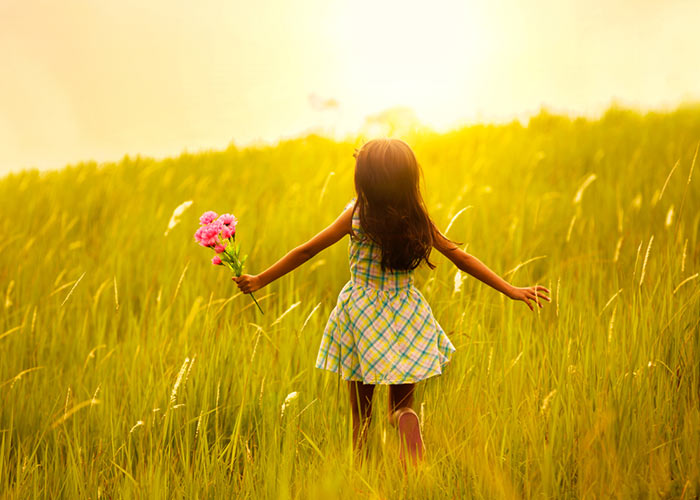World Malaria Day is observed globally every year on 25th April, to escalate global efforts for controlling malaria epidemic. Malaria is a mosquito borne infectious disease affecting both humans and animals, causing millions of deaths annually.
World Malaria Day was established by the 60th session of World Health Assembly in May 2007, which is a governing body of World Health Organization, constituting of 194 member states.
World Malaria Day was established to provide knowledge and information about the causes and spread of Malaria, as well as to provide financial and technical support to anti malaria campaigns across the globe.
World Malaria Day 2019
World Malaria Day 2019 was observed on Thursday, 25th April, 2019.
World Malaria Day theme 2019 was “Zero malaria starts with me”.
Paris and France were the official host for the World Malaria Day 2019. There was a series of activities and events which were organised throughout the city. The events focused on fighting malaria and the steps to prevent it.
The World Health Organisation (WHO) announced the launch of first malaria vaccine for children less than 2 years of age in Africa. The countries which will pioneer in the pilot project are Ghana, Kenya and Malawi. Around 3.6 lakh children will be receiving the vaccine in these African countries post launch of the vaccine.
Awareness posters and pamphlets were distributed ahead of World Malaria Day in various cities of India. In Mysore, a malaria awareness rally was organized by the Health and Family Welfare Department. The rally educated people about techniques to safeguard themselves against mosquito-borne diseases.
Africa Malaria Day
World Malaria Day was an outcome of Africa Malaria Day, which was being observed on 25th April since 2001. The historic Abuja declaration signed by the African Union countries in April 2001 set a target of allocating 15% of the country’s annual budget for health sector, and declared 25th April as “Africa Malaria Day”.
Malaria – Cause and Prevention
Malaria is a mosquito borne disease caused by Plasmodium parasites, which get into the blood of infected through the bite of female Anopheles mosquitoes. Though, there are five parasite species that cause malaria, two of them namely, Plasmodium Falciparum and Plasmodium Vivax are the deadliest, accounting for nearly 99.7% of malaria cases in the African region and 74.1 % in American region, respectively.
The first symptoms of malaria appear within ten to fifteen days of getting bitten by an infected mosquito. Initial symptoms include high fever, chills, weakness and headache. When untreated, the symptoms can escalate causing serious illnesses, leading to death.
The most important method of preventing malaria is by controlling the spread of its carriers, that is Anopheles mosquitoes. There are around four hundred species of Anopheles mosquitoes, out of which only 30 are potential carriers of malaria parasites.
The carrier mosquitoes have a tendency of biting between dusk and dawn; therefore, use of mosquito nets during night in rural as well as urban areas is an effective and economical idea. Spread of malaria could be significantly prevented by spraying insecticides and other mosquito repellents, in houses and other public places.
Latest Global Figures on Malaria
“World Malaria Report” published annually by the World Health Organization, provides the facts and figures on the status of malaria globally. The report also speaks of the progress of various anti malaria campaigns and their financial aspects.
According to the last World Malaria Report released on 19th November 2018, an estimated 219 million cases of malaria have been reported in the preceding year, causing nearly half a million deaths globally. African countries were the most affected, by being home to 92% of the global malaria cases and 93% of causalities due to malaria.
The World Malaria Report, released in 2017, projected an increase of around five million malaria cases in 2016 than in 2015. The report had also estimated the global death toll due to malaria to be around half a 4.5 million cases, nearly similar to the previous year. Despite initial successes, the 2017 report indicated a stalled progress for two years in a row, despite previous progresses. There were 239 million globally reported cases in 2010 than 2014 million in 2015.
World Malaria Report – India
Till the year 2016, India was in top three countries with the highest malaria cases, with nearly thirteen million reported cases. However, the world Malaria Report released in 2017, estimated a reduction of around 3 million cases in India since 2016, removing India from among the top three countries with malaria burden. It was a significant progress achieved by only India, among the eleven nations with over 70% of malaria burden. However, the report also estimated around 1.25 billion Indians to be at risk of Malaria.
India’s success was largely due to the decline of malaria cases in the Indian state of Odisha. Odisha had been home to 40% of total malaria cases in the country. The state of Odisha was successful in reducing the reported cases by almost 80%, from 3, 47,860 in 2017 to 55,000 in 2018. The malaria eradication program was called, “Durgama Anchalare Malaria Nirakaran” (in short DAMaN) in local language which translates to “elimination of malaria in inaccessible regions”.
Though, India accounts for only 4% of total malaria cases reported globally, unfortunately it also accounts for 52% of the total malaria deaths caused outside the African region. India has set a target of eradicating malaria by the year 2030.
Financial Expenditures on Malaria
Despite the commendable efforts by the World Health Organization, respective governments and other relevant bodies in fighting malaria, the global campaign against malaria is facing an acute financial crunch.
The 2030 target of the world Health Organization on global malaria strategy calls for an annual investment of 6.5 Billion US dollars by the year 2020, which is significantly higher than 3.1 Billion US dollars, spent in 2017. The greatest share of the allocated money, around 2.2 Billion US Dollars was spend on malaria control and elimination efforts in African region, the rest was distributed among other malaria infested regions of south east Asia, Americas and the Mediterranean.
The amount of allocated fund is more for low income countries, followed by lower middle income countries and upper middle income countries. United States of America had been the largest contributor in 2017, by providing 1.2 Billion Dollars, 39% of the total global investment in 2017.
During the financial year 2017-2018, Rs. 468.5 crore were allocated to the programs related to malaria as well as other vector borne diseases. In Indian scenario, a large amount of allocated fund is spent on salaries and bearing other administrative costs, reducing the effectiveness of allocated funds. There is a need to make necessary policy changes, so that less money is spend on the salaries and more on the malaria elimination efforts.
Also, India has an estimated need of 250 Million Long Lasting Insecticidal Nets (LLIN), but had only procured 12.4 Million and 5 Million LLINs in 2014 and 2016 respectively. There is an immediate need to allocate more funds to provide more momentum to the efforts against malaria and to eliminate malaria by 2030.
World Malaria Day 2018 in India
A grand event on World Malaria Day was organized on 25th April 2018 at New Delhi. The event was organized by World Health Organization’s country office in collaboration with Ministry of Health and Family Welfare (MoHFW), Government of India and National Vector Borne disease control program.
World Malaria Day celebration 2018 coincided with the 70th anniversary of the World Health Organization. The focus of the event was to highlight the need to maintain the efforts towards elimination of malaria and seek commitment from political parties and other stake holders.
WHO representative to India, Dr. Henk Bekedam, praised the government of India for its efforts in eliminating malaria. Various other senior officials and dignitaries were present at the event.
Later in the day, Dr. Henk Bekedam was handed over a ministerial declaration by Mr. J.P. Nadda, the Union Minister of Health and Family Welfare, Government of India. The declaration was made to accelerate the efforts and to eliminate malaria, and was signed at a high level roundtable in November 2017.
World Malaria Day Activities
There are a number of World Malaria Day activities to contribute to the global efforts towards malaria eradication. Below listed are some of the significant and effective activities, which could really help in making your village, city or community, free from malaria.
1) Spread Awareness
Malaria is preventable as well as treatable, yet the disease claims nearly half a million lives each year. The deaths are mainly attributed to not taking preventive measures and delayed diagnosis. People in lower economic class and remote areas; don’t understand the risk of malaria, unless they get infected. Not using mosquito nets or insecticides only escalates the spread of disease.
People often confuse initial symptoms with normal flu and common ailment, seeking medical aid only when the situation gets out of control. One can reach out to such people and make them aware of the causes, symptoms and treatment etc of malaria.
2) Volunteer
There are many volunteering options for you to be a part of global campaign for eliminating malaria. You can volunteer with any hospital or non government organization (NGO) working towards eradicating malaria. Volunteers are the back bone of such programs, and are the intermediaries between the policy makers and the affected or those at the risk of malaria.
3) Sleep under a Mosquito Net
If you live in mosquito infested area, urge your family, friends and neighbors to use mosquito nets in night and also that insecticidal nets are better than conventional nets, towards preventing malaria infection. Special care must be taken for pregnant women and adolescent children, as they are at a higher risk of getting infected.
4) Interact with Public Representatives
Interact with the local public representatives and administrative officials, to ensure that the war against malaria remains high on government’s agenda. There are a number of ways to communicate with office bearers and politicians – you can either write letters, drop an e mail or join them on social media, to urge them to escalate the efforts.
5) Donate
The global campaign on malaria eradication is facing acute shortage of funds and any donation made by anyone, however small it is, will definitely help to take a step towards malaria eradication. The donations might not necessarily be monetary, but may also include mosquito nets, pesticides and medicines. You can choose a registered NGO to make the donations or reach out to the needy, on your own.
6) Join Social Media Campaigns
These days social media plays a significant role in any campaign as it provides a single platform to share information or views instantly, among millions. One can join various malaria campaigns on social media accounts. Pledge for your support in eradicating malaria by joining hash tag campaigns like #worldmalariaday, #endmalaria etc.
Significance of World Malaria Day
Despite the efforts of global community, malaria epidemic is far from being completely eradicated with a gradual increase in the number of affected and dead, every year. It is estimated that every two minutes a child dies due to malaria, across the globe. Malaria has also severe consequences on the health and economy of a nation.
Observance of the World Malaria Day reignites the resolve of governments and general public to fight malaria and seek its elimination. It also helps the campaigns in garnering technical, logistical and financial support to push forward the fight against malaria.
It also helps keep malaria eradication high on the government’s agenda, and also gives a chance to general populace to interact with local leaders and office bearers about government’s strategy for eradication of malaria. Various malaria check up camps and free medicine distribution camps are organized at the remotest of locations around the globe for economically backward sections.
World Malaria Day Themes
Every year a theme is allocated to the “World Malaria Day” to boost up the campaign and also the campaigns are focused on that particular theme. Since its inception in 2008, eight themes have been assigned to the World Malaria Day, including the theme of yet to be observed world Malaria Day 2019. The year wise themes of World Malaria Day are given below –
- World Malaria Day Theme 2019 is – “Zero Malaria Starts With Me”.
- World Malaria Day Theme 2018 – “Ready to Beat Malaria”.
- World Malaria Day Theme of 2016 to 2017 – “End Malaria for Good”.
- World Malaria Day Theme of 2013 to 2015 – “Invest in the Future: Defeat Malaria”.
- World Malaria Day Theme 2012 – “Sustain Gains, Save Lives: Invest in Malaria”.
- World Malaria Day Theme 2011 – “Achieving Progress and Impact”.
- World Malaria Day Theme 2009-2010 – “Counting Malaria Out”.
- World Malaria Day Theme 2008 – “Malaria: a Disease without Borders”.




